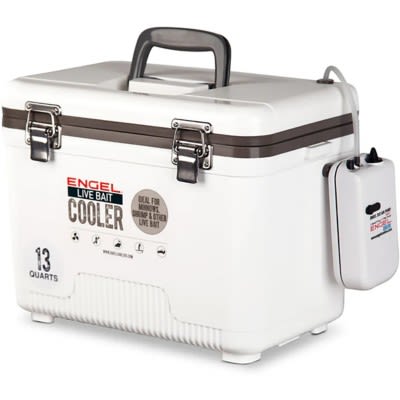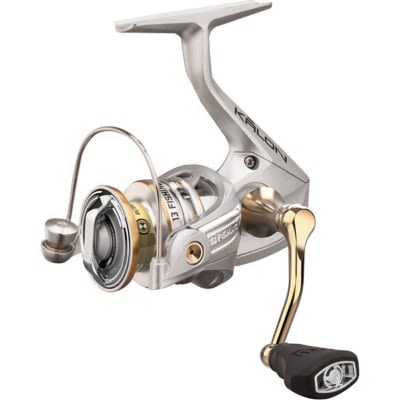Today's Best Fishing Times
Get the best fishing times for Lake Wilson with Lake-Link's Fishing Forecast. SEE MORE
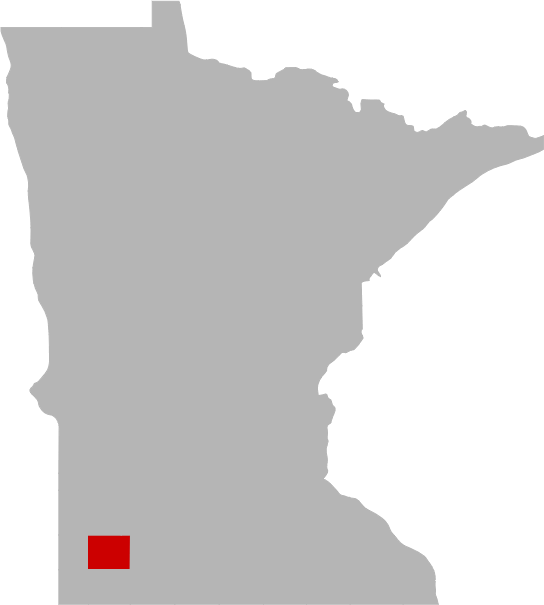
Share your catch!
We want to see what you've caught on Lake Wilson.Frequently Asked Questions About Lake Wilson, MN
- How big is Lake Wilson?
- How deep is Lake Wilson?
- What kind of fish can you catch in Lake Wilson?
- What are the closest cities to Lake Wilson?
- Are there places to stay in the Lake Wilson area?
- Are there boat launches on Lake Wilson?
- Are there places to eat and drink near Lake Wilson?
- What is the average air temp for Lake Wilson?
- Are there any state parks near Lake Wilson?
How big is Lake Wilson?
How deep is Lake Wilson?
What kind of fish can you catch in Lake Wilson?
Other fish species in the lake include Fathead Minnow, Green Sunfish, Orangespotted Sunfish and White Sucker.
What are the closest cities to Lake Wilson?
Are there places to stay in the Lake Wilson area?
More Lodging Options
Are there boat launches on Lake Wilson?
Are there places to eat and drink near Lake Wilson?
Explore the Lake Wilson area in a RV
Are you looking for an adventurous vacation option that won't break the bank? Look no further than renting an RV! Contrary to popular belief, the process is much simpler than you might imagine. With just a few easy steps, you'll soon be experiencing the ultimate freedom and convenience of exploring the open road in your very own recreational vehicle. And the best part? RV travel can save you up to 60% compared to other types of vacations! With the money you'll save, you'll be able to travel even more and create unforgettable memories along the way. So why wait? Start planning your next adventure today with an RV rental. Learn more about renting a RV.
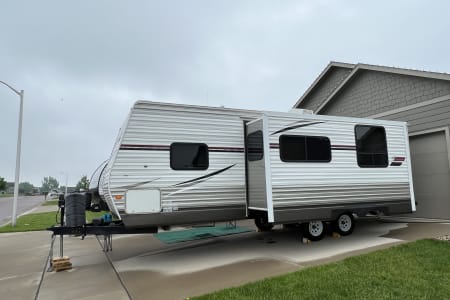
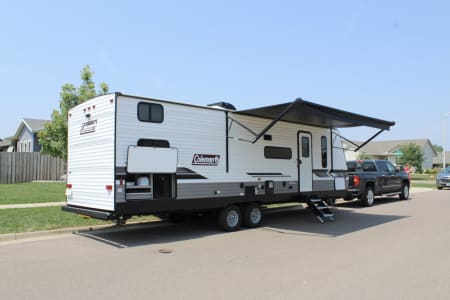
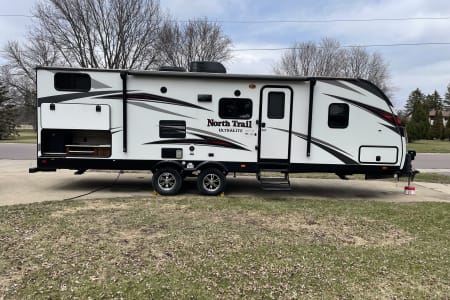
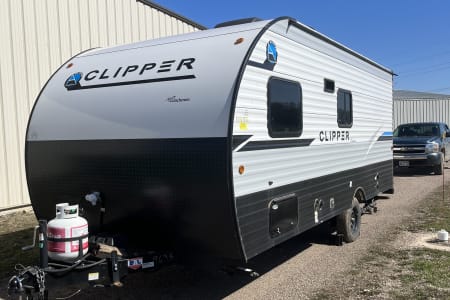
History & Status of the Fishery
INTRODUCTION
Lake Wilson is a 170-acre lake located near the City of Lake Wilson in southwest Murray County. Lake Wilson is relatively shallow, having a maximum depth of 8.0 feet. At the time of the assessment, water clarity was 2.5 feet. Lake Wilson is highly productive, likely a result of excessive nutrient runoff from the agriculture dominated watershed and from the impervious surfaces in the City of Lake Wilson. Low dissolve oxygen readings have been documented during several years in Lake Wilson, with the last suspected winterkill occurring during the winter of 2000 and 2001. Because of the likeliness to winterkill, management species were switched from largemouth bass and bluegill to yellow perch and walleye. Lake Wilson is aerated, which has aided in stabilizing the fish community. Currently, yellow perch is the primary management species in Lake Wilson, with black crappie and walleye being managed secondarily. The yellow perch population has been self-sustaining, as they have not been stocked since 1993. Black crappies are also mostly self-sustaining, with the last stocking occurring in 2003 and 2005. Extensive walleye stocking has occurred in Lake Wilson as fingerlings have been stocked in 2005, 2008, and 2011. A population assessment was conducted during the week of June 10, 2013 to monitor fish populations using two gill nets and six trap nets.
YELLOW PERCH
Yellow perch catch rates had been on the upswing since 2001 when they were captured at a rate of 25.0 per gill net. Similarly, in 2007, yellow perch abundance was the highest ever documented in Lake Wilson at 58.5 per gill net. In 2013, zero yellow perch were sampled in gill nets or trap nets. Yellow perch populations tend to be highly variable, which is reflected in the catches of yellow perch in Lake Wilson. Yellow perch populations can follow a pattern where a strong year class is produced and then followed by one to two years of little to no reproduction, resulting in a boom or bust fishery. Boom and bust fish populations can be put under more stress if they are overharvested, or if they are utilized as prey, things that yellow perch could experience in Lake Wilson.
BLACK CRAPPIE
Black crappie trap net catch rates have varied greatly in Lake Wilson, ranging from 0.2 per trap net in 2013 to 13.6 per trap net in 1989 and averaging 6.9 per trap net over that same time frame. Three black crappies were sampled in 2013 gill nets and trap nets, which is the lowest number sampled since surveys began. The 2013 catch rate of 0.2 per trap net is well below the expected range of catch rates (1.2 to 20.5 per trap net) for similar lakes.
WALLEYE
Walleyes were first stocked in Lake Wilson in 1999, as management practices switched from a largemouth bass and bluegill fishery to species that are slightly more tolerant of low oxygen conditions. Since the initial stocking of walleyes, catch rates have varied from 0.0 per gill net in 2001 to 24.5 per gill net in 2007. Since the record high catch rate observed in 2007, catch rates have come back down to more realistic levels. In 2013, walleyes were captured at a rate of 3.5 per gill net, which is in the expected range of catch rates (2.3 to 18.1 per gill net) for similar lakes. Trap net catch rates, also indicated a decent population of walleyes, as they were captured at a rate of 2.3 per trap net which is high when compared to similar lakes. Walleyes were large, ranging in length from 14.2 to 28.7 inches and averaging 20.1 inches. Two ages of walleyes were sampled (age-2 and age-5) and corresponded to years in which stocking occurred (2008 and 2011). Walleyes appear to grow fast in Lake Wilson, as lengths averaged 10.2 inches at age-1, 13.5 inches at age-2, 16.0 inches at age-3, 18.6 inches at age-4, and 20.2 inches at age-5. Walleyes were plump, indicating that sufficient prey is available in Lake Wilson. Although the catch rate is down from 2007, the walleye population in Lake Wilson appears to be relatively stable, as multiple year classes and multiple sizes of walleyes were present.
BLACK BULLHEAD
The 2013 black bullhead catch rate (89.0 per gill net) was within the expected range (30.3 to 150.6 per gill net) of catch rates for similar lakes. Black bullheads ranged in size from 5.0 to 15.6 inches and averaged 9.0 inches. Since the last survey in 2007, size structure of black bullheads has increased. Both gill net and trap net catch rates of black bullhead were down from the 2007 survey, which could be the result of the abundant walleye population documented in 2007, or the result of a partial winterkill that may have occurred since the last survey.
COMMON CARP
Common carp have been absent in Lake Wilson since surveys began in 1989. In 2013, common carp were relatively abundant at 13.5 per gill net, which is high when compared to similar lakes, and 18.8 per trap net, which is very high compared to similar lakes. Common carp ranged from 12.8 to 18.5 inches and averaged 15.8 inches in length. Common carp likely got into Lake Wilson during a high water event in the spring of 2012, when they were documented coming through an agricultural drainage (tiling) near the baseball fields by the northwest end of the lake.
OTHER SPECIES
Two channel catfish were captured in gill nets, which is the first time that channel catfish have been sampled in Lake Wilson. The channel catfish were 18.9 and 19.2 inches in length. Channel catfish can be effective at controlling bullhead populations, so it will be interesting to see how the channel catfish population in Lake Wilson affects the black bullhead population. Channel catfish also likely entered the lake during the high water event in the spring of 2012.
White suckers were captured at rates of 15.5 per gill net and 2.3 per trap net, both record high catch rates for Lake Wilson. White suckers ranged in length from 10.4 to 19.3 inches and averaged 15.0 inches.
Other species sampled included one 27.2 inch northern pike, and one yellow bullhead.
Shoreline areas on the land and into the shallow water provide essential habitat for fish and wildlife that live in or near Minnesota's lakes. Overdeveloped shorelines cannot support the fish, wildlife, and clean water that are associated with natural undeveloped lakes. Shoreline habitat consists of aquatic plants, woody plants, and natural lake bottom soils.
Plants in the water and at the water's edge provide habitat, prevent erosion, and absorb excess nutrients. Shrubs, trees, and woody debris such as fallen trees or limbs provide good habitat both above and below the water and should be left in place. By leaving a buffer strip of natural vegetation along the shoreline, property owners can reduce erosion, help maintain or improve water quality, and provide habitat and travel corridors for wildlife.
Best management practices within the watershed (no-till farming, cover crops, buffer strips, targeted fertilizer application, reduced or metered tiling) would help reduce nutrients entering the lake. High nutrient and sediment input can cause algae blooms and reduce overall water quality. Any improvements in the watershed are likely to have positive impacts on the fishery.
Prepared by Jonah Dagel
What is the average air temp for Lake Wilson?
Are there any state parks near Lake Wilson?
For more Minnesota State Park information see our State Park Guide.
More Nearby Lakes To Explore
There's more lake's to explore around Lake Wilson...| DISTANCE | ACRES | MAX DEPTH | |
| Summit Lake | 4.2 mi | 78 | 7 ft |
| Corabelle Lake | 10.7 mi | 106 | 6 ft |
| Currant Lake | 11.8 mi | 406 | 9.5 ft |
| Lake Sarah | 14.2 mi | 1,209 | 10 ft |
| Lime Lake | 14.3 mi | 326 | 7 ft |
| Smith Lake | 14.5 mi | 93 | 9 ft |
| Section Thirty-Three Lake | 14.9 mi | 108 | 6 ft |
| Shetek Lake | 15.2 mi | 3,462 | 10 ft |
| East Twin Lake | 16.2 mi | 356 | 22 ft |
| West Twin Lake | 16.3 mi | 220 | 10 ft |






